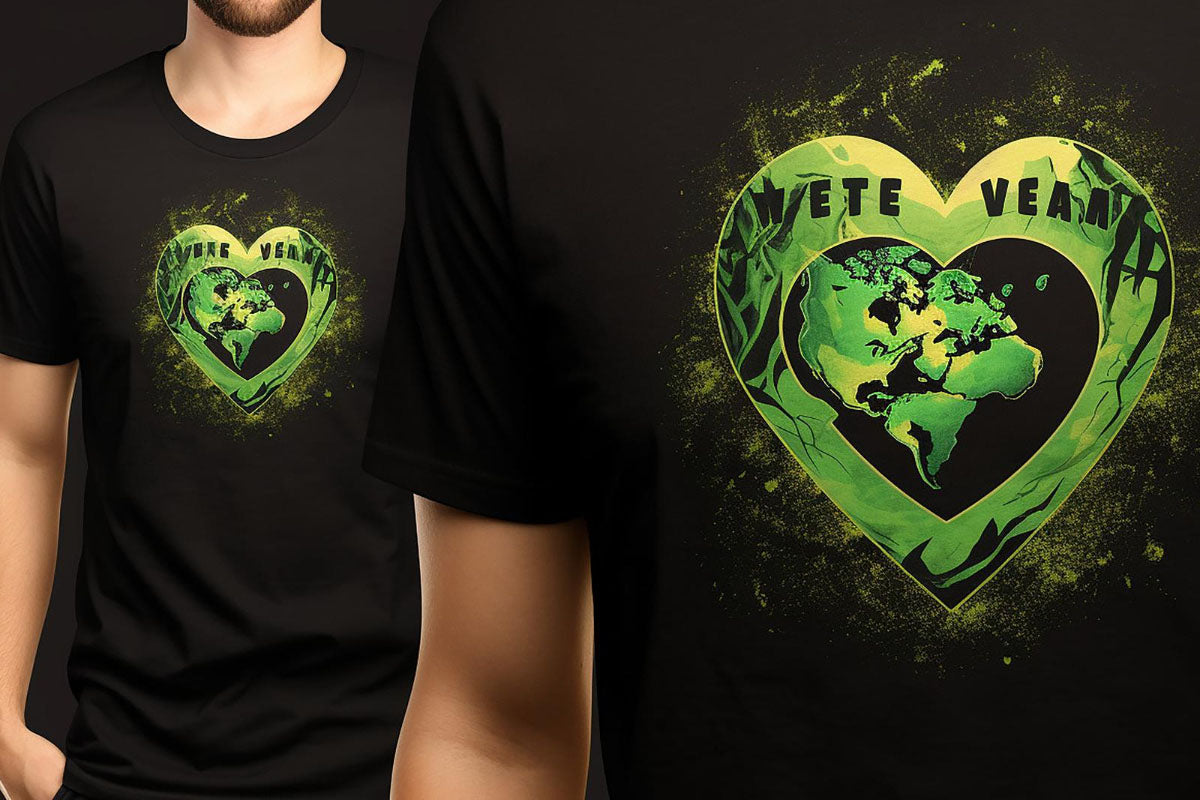
DTF Transfer Tips: Achieving Perfect Prints
Choosing the Right Materials for DTF Transfers
Ensuring high-quality DTF transfers starts with selecting the right materials. The film, ink, and adhesive powder used in the DTF transfer process significantly impact the final print quality. Using premium-grade components ensures vibrant colors, sharp details, and durable prints that withstand washing and daily wear. Always opt for high-resolution films and pigments to achieve the best results.
Optimizing Your Printer Settings for DTF Transfers
Proper printer settings play a crucial role in obtaining high-quality DTF transfers. Adjusting ink saturation, resolution, and color profiles ensures better adhesion and color vibrancy. Fine-tuning these settings allows the DTF transfer process to produce prints with superior clarity and precision. Testing different settings can help find the perfect balance for your specific printing needs.
Applying Adhesive Powder Correctly for DTF Transfers
The adhesive powder used in DTF transfers is essential for ensuring strong adhesion to the fabric. A uniform and even coating prevents issues like peeling or poor durability. When applying the powder, make sure every part of the DTF transfer is evenly covered. Properly curing the adhesive is also critical to achieving long-lasting and high-quality prints.
Heat Press Techniques for Flawless DTF Transfers
Achieving perfect DTF transfers requires the right heat press technique. The temperature, pressure, and pressing duration must be carefully controlled to avoid smudging or incomplete adhesion. A consistent pressure across the fabric ensures that the DTF transfer bonds properly, resulting in a smooth and vibrant finish. Experimenting with different settings can help refine the pressing process.
Fabric Preparation for Superior DTF Transfers
Preparing the fabric before applying DTF transfers is vital to achieving high-quality prints. Removing lint, dust, and moisture prevents imperfections and enhances adhesion. Preheating the fabric helps ensure a smoother surface for the DTF transfer, improving the overall longevity and appearance of the final print. Proper fabric care leads to professional-grade results.
Post-Pressing Care to Maintain DTF Transfers
Maintaining the quality of DTF transfers after printing is essential for longevity. Proper washing techniques, such as using mild detergents and cold water, prevent fading or cracking. Avoiding high heat when drying and ironing keeps the DTF transfer looking fresh and vibrant. Following these care tips helps ensure that prints remain intact for extended periods.
Conclusion
Mastering DTF transfer techniques ensures high-quality, durable, and vibrant prints. By selecting the right materials, optimizing printer settings, applying adhesive powder correctly, and perfecting heat press techniques, you can achieve outstanding results. Proper fabric preparation and post-pressing care further enhance the longevity and appeal of DTF transfer prints.
Frequently Asked Questions
-
What is a DTF transfer?
- A DTF transfer is a printing method that applies designs onto fabric using a film and adhesive powder.
-
How do I improve DTF transfer durability?
- Using high-quality materials, ensuring proper heat pressing, and following correct washing guidelines enhance durability.
-
Can DTF transfers be applied to any fabric?
- Yes, DTF transfers work on cotton, polyester, blends, and various synthetic materials.
-
What temperature should I use for DTF transfers?
- The ideal temperature varies but typically falls between 300-325°F for best adhesion.
-
How do I prevent DTF transfers from peeling?
- Evenly applying adhesive powder and using correct pressure and heat settings prevent peeling.
-
Are DTF transfers better than vinyl?
- DTF transfers offer more vibrant colors, superior durability, and greater flexibility than vinyl.
-
What is the best way to wash DTF transfer prints?
- Wash in cold water with mild detergent and avoid high heat drying to maintain print quality.
-
How can I prevent ink bleeding in DTF transfers?
- Proper curing and using high-quality ink and film reduce ink bleeding issues.
-
Can DTF transfers be layered for multicolor prints?
- Yes, DTF transfers can be layered to create detailed and colorful designs.
-
Is DTF transfer printing cost-effective?
- Yes, DTF transfer printing eliminates costly setup fees and minimizes material waste, making it a budget-friendly option.